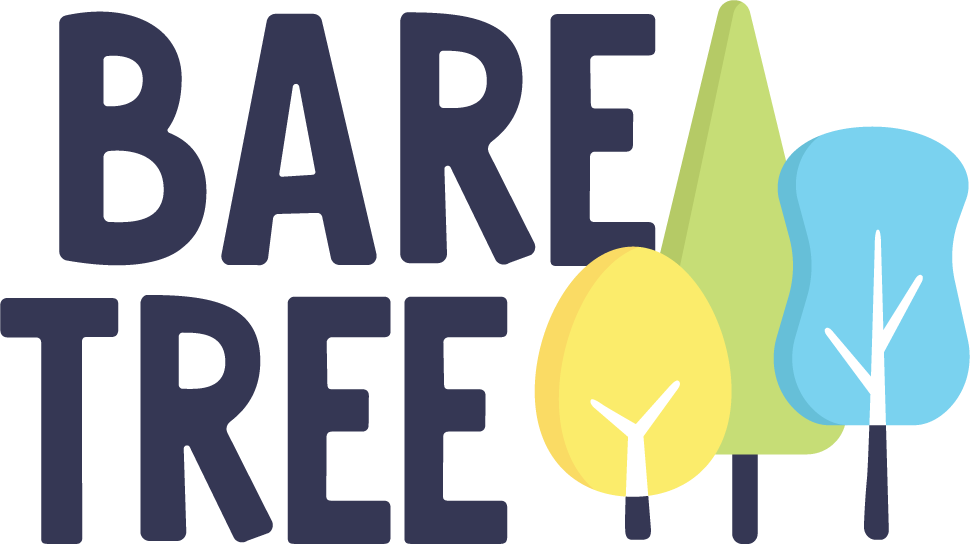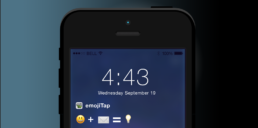Pushing your Headlines into the Spotlight
The Challenge
It’s every brand’s dream to stand out amongst the crowd, and every marketer’s goal to help their brand achieve that dream.
In today’s world of exponential technological breakthroughs, marketing strategy has by necessity been evolving to complement—the Internet is the newest frontier for marketers looking to expand their brand. However, changes in marketing aren’t always revolutionary; sometimes, even little changes have a large impact on a brand’s identity and tone, and thus, the relationship with their consumers.
Pop-up and targeted ads, a long stalwart of advertising and marketing, have become taboo so companies are now looking to the next best strategy. People don’t want to be sold things anymore; in the new, transparent age, they’re looking for genuine connection.
The Solution
What does it take to connect to an audience? The answer may be simpler than you think:
Emojis!!! 😁😂❤️🌮🔥👍🤠
Emojis are ubiquitous in today’s world; which means there’s one for any demographic you’re looking for. They come in different skin tones, in a huge amount of objects, places, and even in travel symbols and signs. They add personality to otherwise-bland text and catch the attention of the community your brand is trying to appeal to because they’re connecting to the image on some emotional level.

Which one of these catches your attention the most?
Emojis are also the perfect way to show HOW you are saying something; emojis can be used ironically and sarcastically, which in itself helps frame the brand’s relationship with their consumers: are they cool and edgy? Professional? Fun? There’s an emoji for that! There is no genre barrier: apps like CNNMoney have fully adopted emojis, with over 50% of their push notifications including at least one. In general, companies who’ve been early on the trend and incorporated emojis into their notification headlines have already received tangible, data-driven results. According to a study conducted by the entertainment platform LeanPlum, consumers open push notifications with emojis 264% more often than those without. Email subject lines that include emojis are opened 66% more, and applications that incorporate emojis receive a 26% lower uninstall rate.
Which one of these jumps out at you?
In short, emojis drive engagement. There is no aspect of a company’s goals that can’t be improved by adding a little emotion to help their consumers connect to them on an emotional level; whether the goal is to get hits on a webpage or sell a product, emojis can unify and enlarge your audience and their retention of your content.
The Takeaway
Emojis aren’t going anywhere; Twitter emoji campaigns, which allow brands to publish an image in tandem with their hashtag, have caught fire and are only picking up traction. Platforms like Slack allow users to upload their own, specific emojis so people can message in-jokes to each other. Emoji use and variance is evolving, and the farsighted brand will take measures to ensure that in a world where brands emote, they aren’t seen as ❄️☠️💤.

